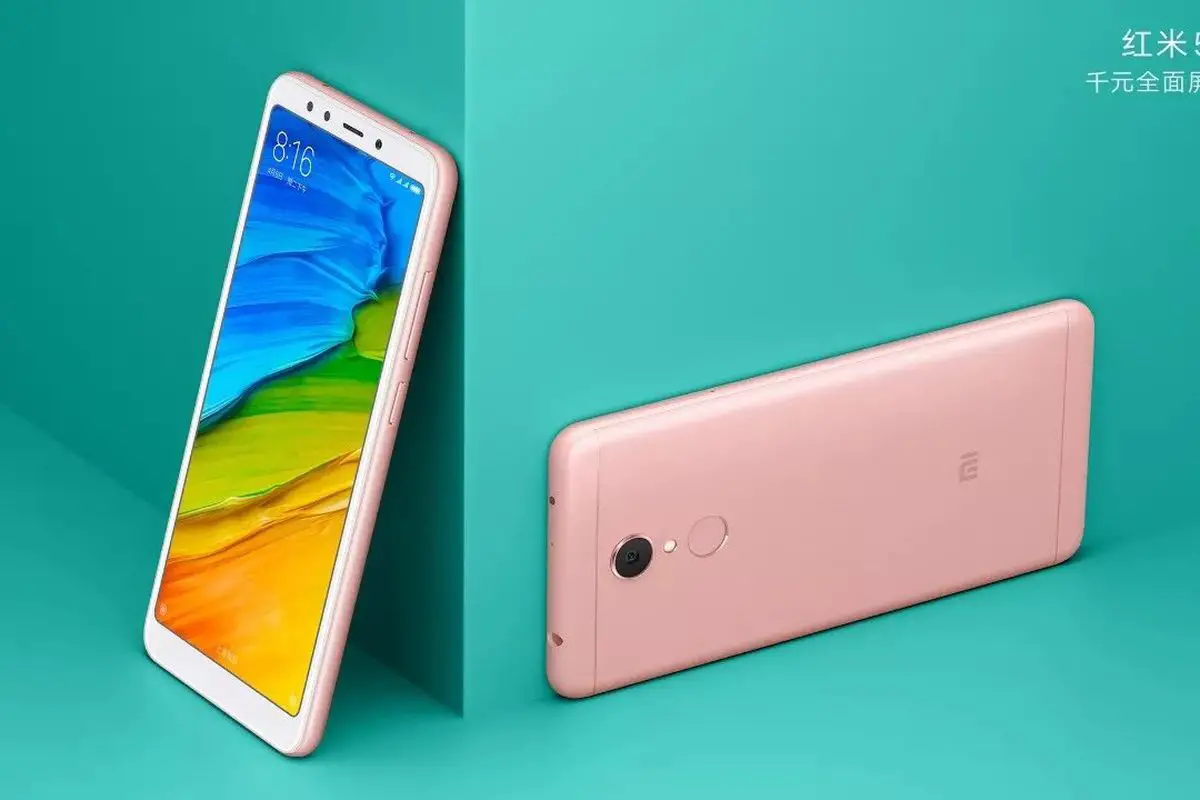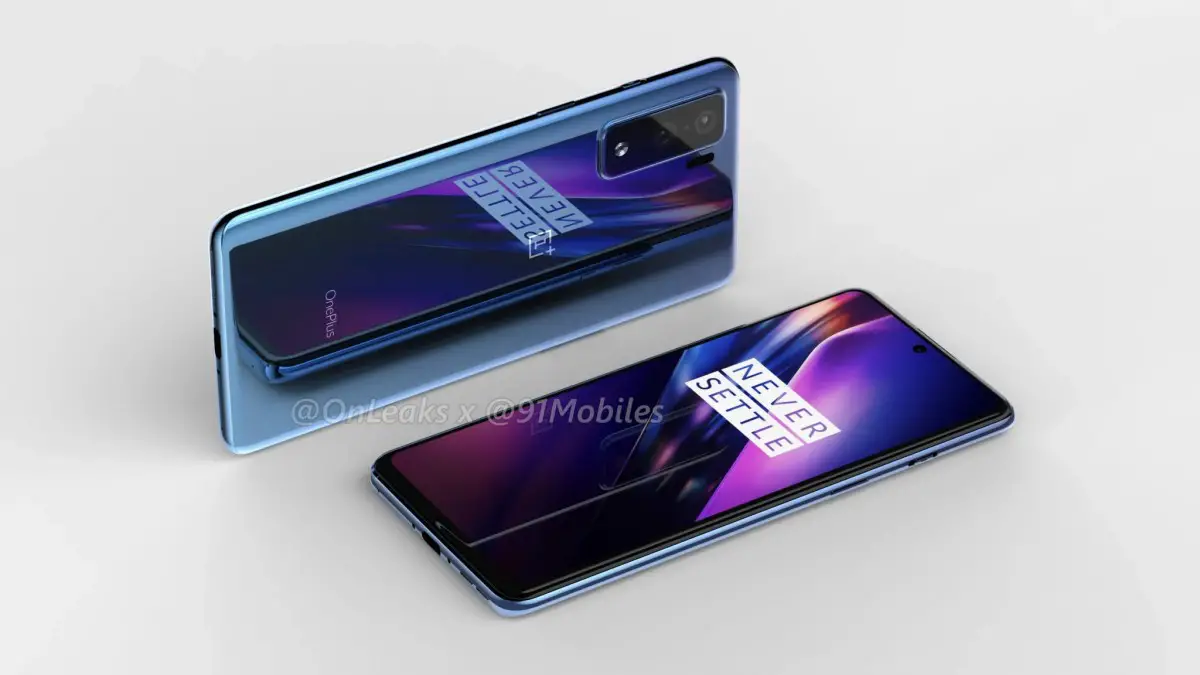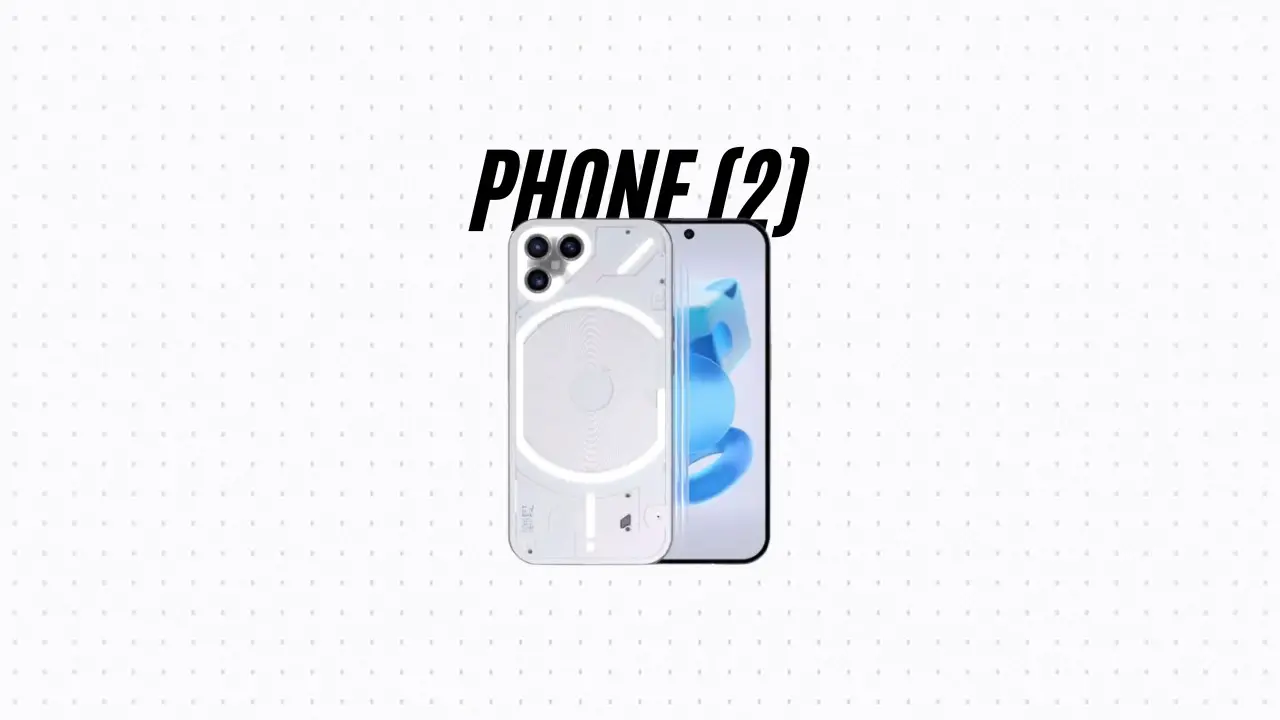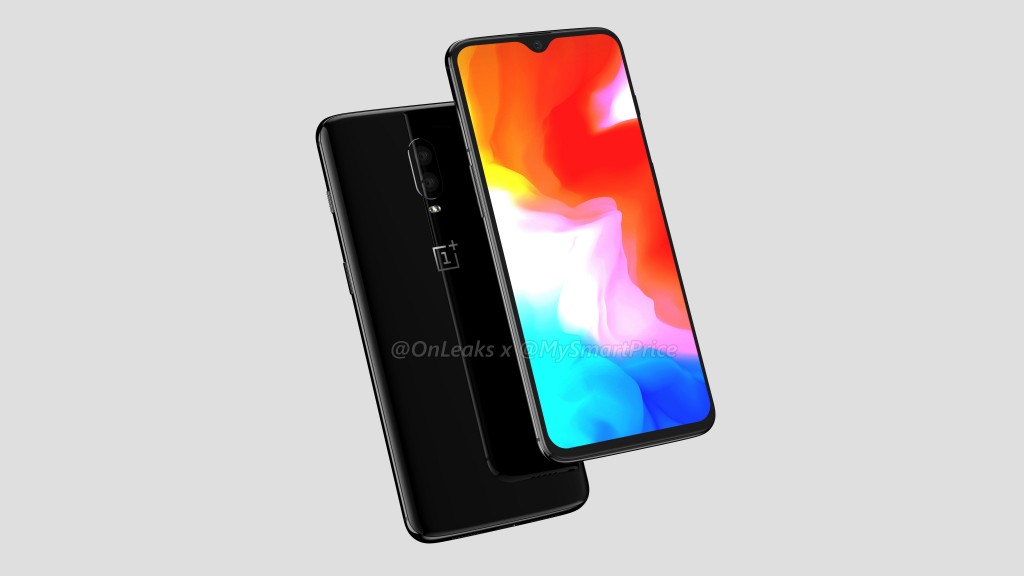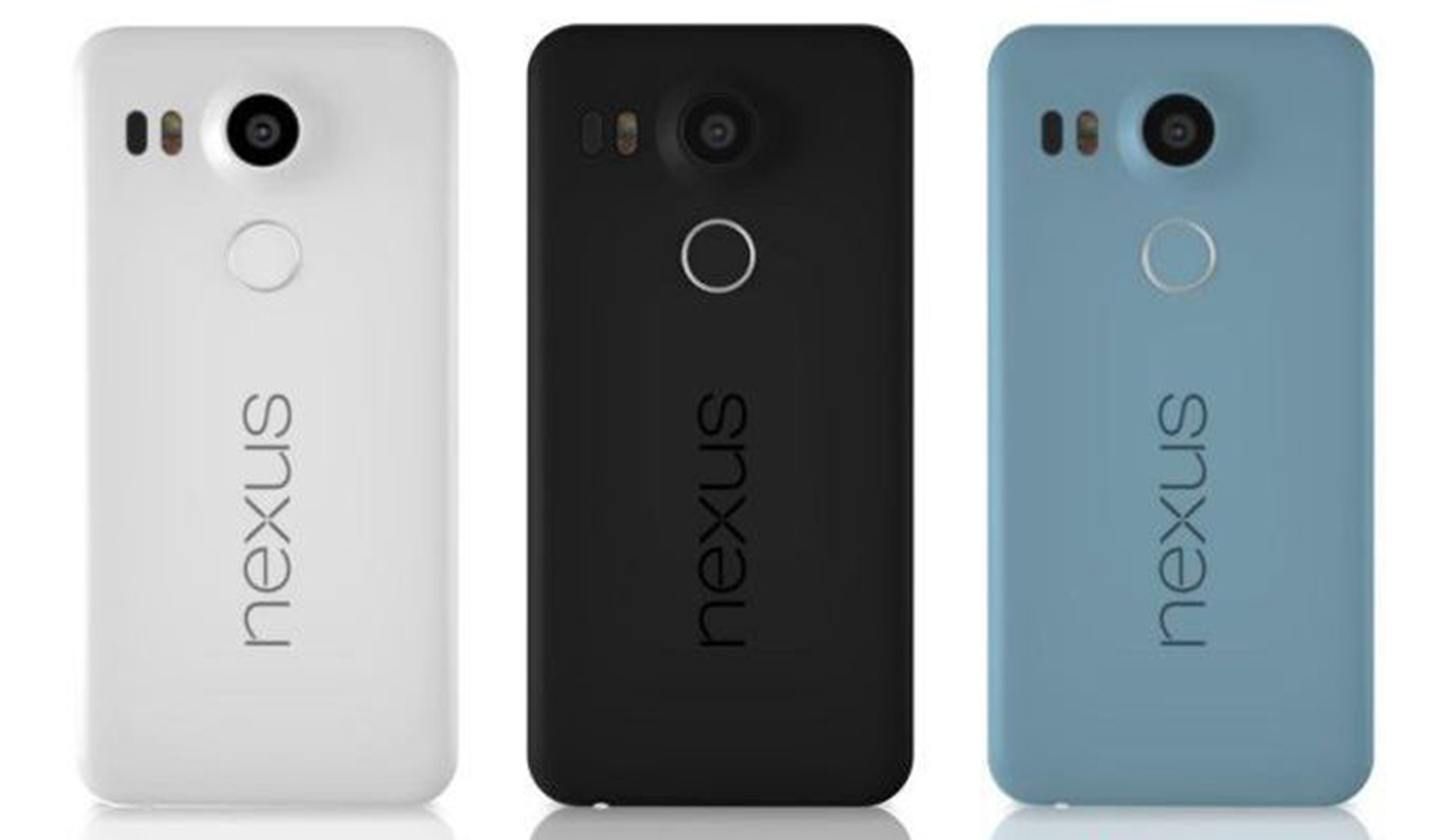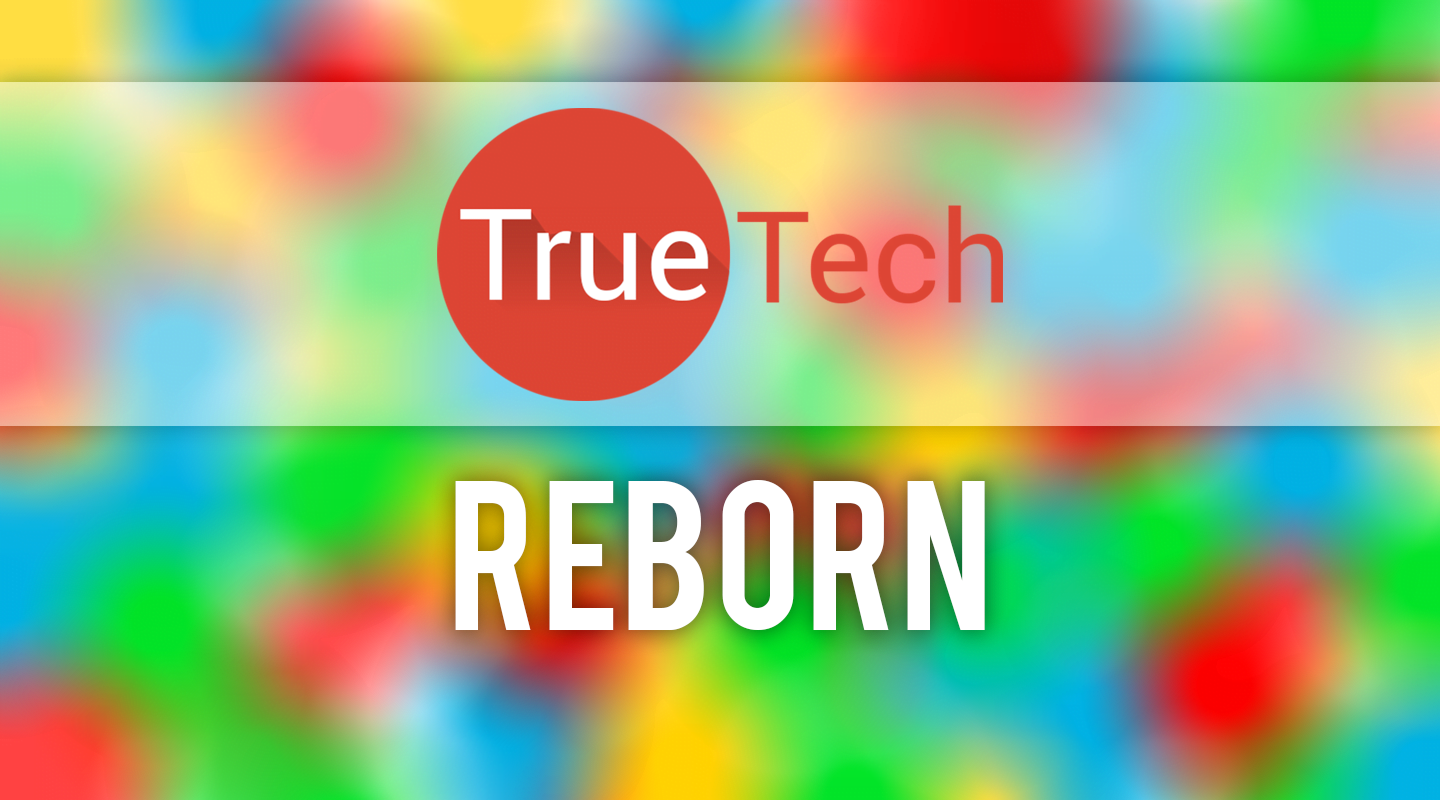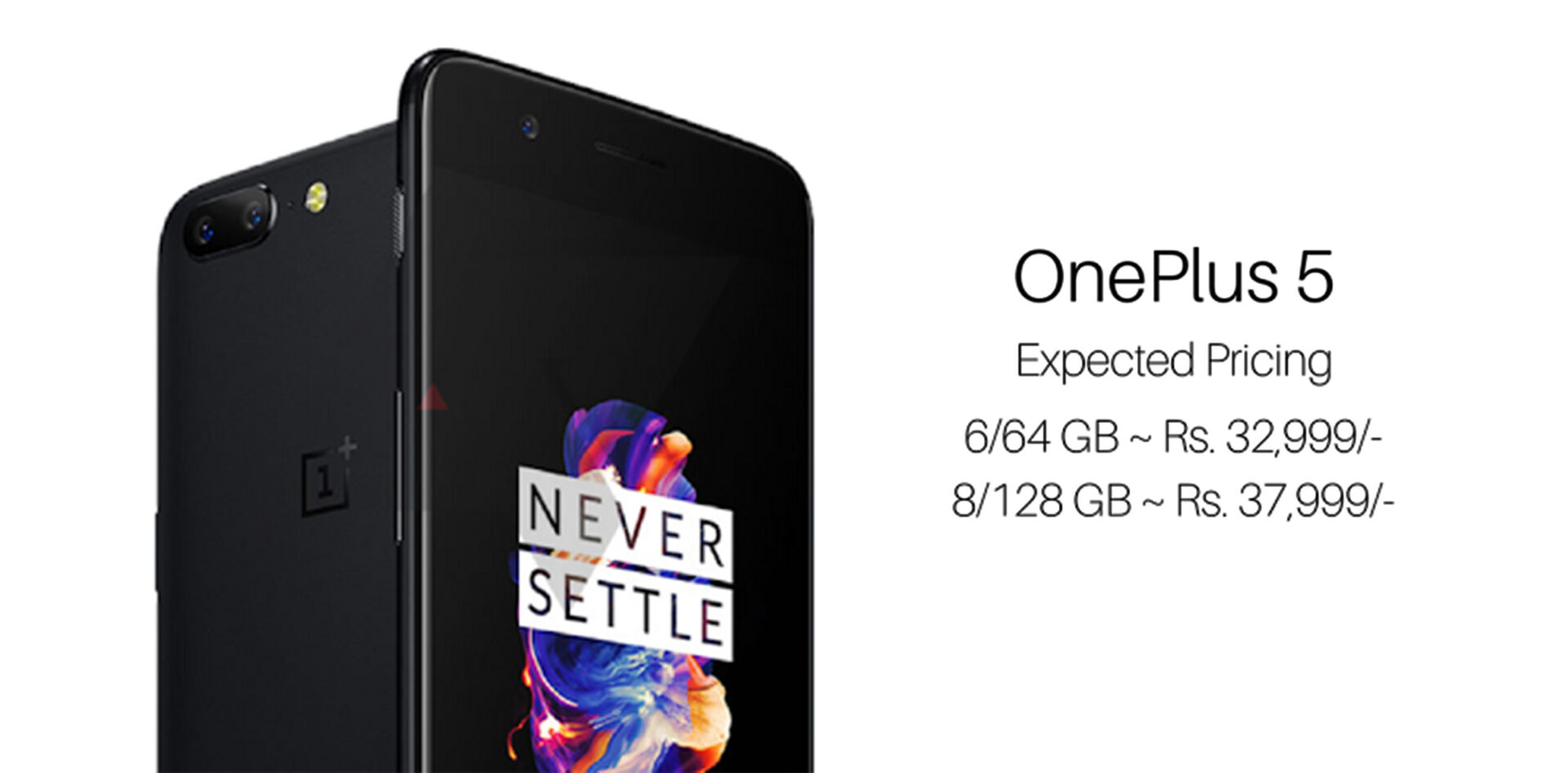Carl Pei, the CEO of Oneplus recently spoke with Fortune India’s Nirmal John, and he answered some questions that you may want to know, and just like to know, such as what happened between Oneplus and Cyanogen, and of course much more. Have fun reading it, here’s the whole conversation:
Q: The world is at peace with the new generation of ‘Chinese’ brands.
A: A friend of mine who is an Irish businessman in Shenzhen tells me, “Geography is history.” His company hires an astronaut to sit for meetings — not to contribute to the conversation, but to remind everyone to stop thinking in terms of countries and start thinking in terms of the planet. We never thought of ourselves as a Chinese company. I know a lot of people write about us as a Chinese company gone global, but we launched in 17 countries at the very beginning. We have employees of 15 nationalities.
Q: What are the challenges of starting up in China and scaling globally?
A: Most companies still look to start in their local market. We are headquartered in China because we thought the majority of our market would be in China. Our structure and talent base are made for a China-majority market. But in Q1, over 90% of our business was outside of China. It is hard for us to build a team in China. The local talent is not made for a global business. We are trying to hire all types of people into China, but that is also causing a lot of friction. Going forward, China will be a hub for us for manufacturing and product R&D also. But we will expand globally to make the most of local talent everywhere. Some countries may be good for software engineering or product management. The Bay Area has a lot of talent. So has India. We have to find a configuration to make it work. We are currently in an awkward position because we are retooling the company to reflect that.
Q: The English name has helped…
A: We haven’t really thought about that, but I guess it makes the brand appear less foreign.
Q: What about the tension between the pricing expectations from Chinese products and the quality aspirations of companies like yours?
A: We are clear: We won’t aim for volume at this point. All our products are $300-plus (~Rs 18,900). When we entered India, a friend laughed at me, asking if I knew that phones priced above $300 are only 10% of the market and the reach of smartphones sold through e-commerce platforms is only 15%. So the total addressable market is 0.1 times 0.15. We never believe in analysis like that. Prior to the first iPhone, the market for phones above $600 was zero. A good product can change the market. We are not selling just a phone. We aim to become a software and services company. If we sell a more expensive device, the average revenue per user will be much higher. We work with Swiftkey (a keyboard developer), and they say that our users spend the most time on the keyboard and also pay the most for the themes available with the keyboard. If we go downmarket too fast and make $100 phones, even if we had a huge number of users, it wouldn’t help our software and services strategy.
Q: How important are early adopters?
A: They are crucial. [Thanks to them,] last year we spent less than $20,000 on marketing. Late last year, we did a survey to understand them a little bit better. They are those who would have bought a Nexus, Motorola, or Apple product. In India, they tend to like the pure Android experience. Their age varies a lot, from 15 to 45 to 50, and they are predominantly male. But we need to know more about them.
Q: How do you look at the software and services play within Android?
A: At any time, there is one point of connection between the user and the cloud or the Internet. It used to be the personal computer. Today it is the smartphone. In the future it could be something else. Our goal is to control this one point of contact. We see hardware as a user-acquisition piece. We can work with other companies on how to operationalise services on top of it. This means building partnerships with not just software companies but also, say, Internet-of-things companies. We would rather try and build a really strong engagement on top of our platform and then work with the best companies in the world in their respective fields. The end goal is to capture the highest quality of users.
Q: Your market strategy with the invite system has obviously helped too…
A: In hindsight it has. We did it as risk management in the beginning. You start up with small target markets and expand gradually to confirm that you have a product-market fit. Facebook started with Ivy League universities, for example. Software is easier to change and scale than hardware. That’s why we had to control the number of our initial users. Our first batch for the OnePlus One was only 1,000 devices, because we didn’t know how many we would be able to sell. The product is already a year old. But if you look at Google Trends, the search traffic on it is still increasing in a lot of markets.
Q: Will you use the invite system for the OnePlus Two as well?
A: Yes, but we will discontinue it much faster than the one year it took us for the OnePlus One. The experience will be a lot better for the OnePlus Two. We will probably have 50 times the quantity on sale. But because we still don’t know how many we will sell, and don’t make much margins as we sell very close to the material cost, we cannot afford excess inventory. So we will still have invites but scale up much faster.
Q: You recently split up with Cyanogen, your exclusive operating system partner. What went wrong?
A: OnePlus and Cyanogen were both newly started companies when we began working together. I think it has been a mutually beneficial partnership. We were both finding our way, and although it looks like the path will diverge in the near term, you never know what the future holds. Our engineers are still working together on updates for the OnePlus One. We have decided to use Oxygen going forward. We are not making money on the hardware, and we have to build a user base on a platform that we own. That was the plan from the beginning, and we were open about it. While Oxygen is a global OS, we will have a separate version for China called Hydrogen.
I hope you liked to read the whole conversation with Carl. As always from me #NeverSettle for anything less than the best and latest news. Come back as more awesome news will be online soon!

